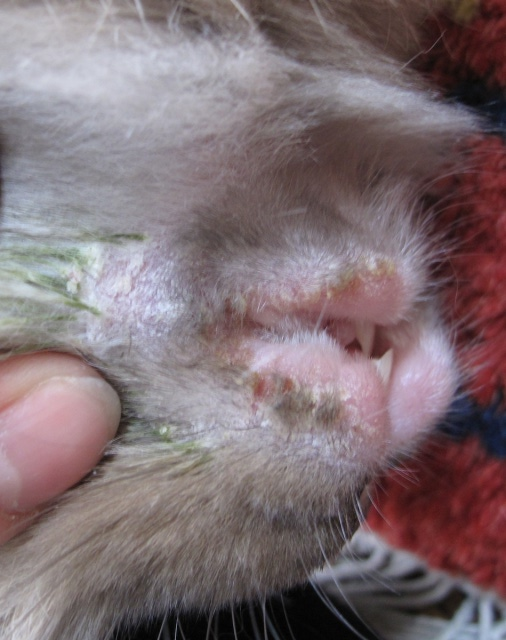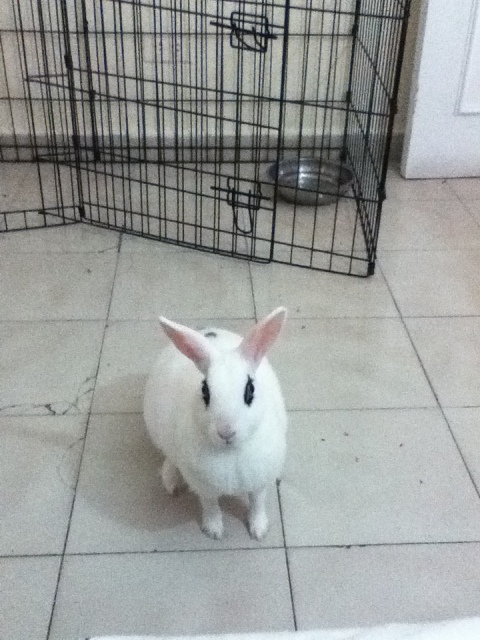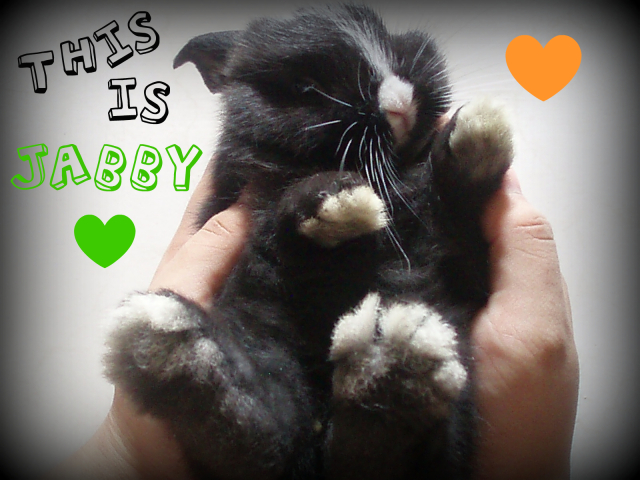QuestionHi Pam
I currently breed otter rex rabbits. I have chocolate otters which are true to type, however I really want to breed black and blue otters. My black otters carry chocolate. The only other otters I can seem to find is a Blue otter doe and Black self buck. I have been told the black buck carries Blue and Harlequin. I understand that harlequin otters are not an accepted colour Though how will the gene impact on the colour of the black or Blue otters. Will it have a similar effect as the chocolate gene in not giving me really rich black otters? I would like to know which gene would be more problematic and easier to breed out?
Kind Regards
Andrew
AnswerHi Andrew,
I am going to try to explain this without confusing you. I tend to think faster than I type when I talk about genetics so feel free to ask follow ups.
Otters are much like the 4 self colors as they can all be bred together. There are only 2 colors in all rabbits they are black (B_) and chocolate (bb). The dilute color comes from a different gene (the d gene). Because chocolate is a dense color and not a dilute it should have no affect on dilution of color. You will get the biggest issues when you breed dilute to dilute. People say that dilute to dilute can wash out the toe-nail color and after several generations you want to cross back to a dense black or chocolate. I rarely put black back into my lilacs because I don't like black but if I do need to darken up the color I will cross them back to a chocolate.
Depending what you want in your program you should easily be able to get it with what you have. If you breed a blue to a chocolate and you keep a black offspring that rabbit will carry the genes to give you all 4 colors. It does get confusing but the blue is just the dilute of black and chocolate is not dilute. So if you breed a blue to a chocolate you will get blacks that carry everything and if you get other varieties it will tell you what other genes your rabbits are hiding. If you breed chocolate to chocolate base (chocolate or lilac) you will never get black or blue. If you breed two dilutes (either blue to blue, blue to lilac, lilac to lilac) you will never get anything but more dilutes. If you breed in black you wont know its hidden genes unless one parent is dilute or chocolate base. If we have a nice black and want to know what it carries we breed it to our lilac.
Now otters are dominant to self but they can carry self. Otter is the tan gene but can be bred with all the self colors. Some people will cross otters to castors to improve the tanning factor. The difficulty of this is that blue otters and opals look very similar and until you see ring it can be hard to tell what they are if you are not used to seeing them.
That tricky harlequin gene!!! I am not real great at this one but if the otter does not have harlequin markings then it doesn't carry the harlequin gene. The harlequin gene is very difficult because it can be incompletely dominant. The full extension of color gene (E) is dominant to the harlequin (ej) gene. However because of the ej gene being incompletely dominant it will nearly always cross over into the full extension of color gene. Most likely what your otter carries is the non extension gene which can give you torted otters which of course are not showable.
Keep in mind that type and fur come first. If you have type and fur then you shouldn't worry much about color. Color is only 10 or 15 points I can't remember off the top of my head but it is only a small percentage of points and although some judges take a lot of points off for poor color unless it is a severe fault they really shouldn't be. Keeping the best you have in your barn will really improve your herd. Once you get the type and fur you can fix the color.
I am attaching a link to a genetics lesson. It was written for the 4H kids but it might help you a bit;
http://www.freewebs.com/hgrabbitry/geneticslesson.htm
Genetics can seem very overwhelming at first. It really does get easier with time and when it all comes together you will easily be able to determine with good probability the colors you should see in your nest.
If you have any further questions please feel free to follow up.
Pam

 swell in cheek n chin bunny
Question
xray of bonnie cheek xray
Dear da
swell in cheek n chin bunny
Question
xray of bonnie cheek xray
Dear da
 skin condition around lips
Question
lips lips 2
Hi Dana,
I have a 4-
skin condition around lips
Question
lips lips 2
Hi Dana,
I have a 4-
 GI Statis ?
Question
COOKIE
Female/age 3yrs/house rabbit/open cage
GI Statis ?
Question
COOKIE
Female/age 3yrs/house rabbit/open cage
 Rabbit diet for baby and adult rabbits.
QuestionJabby
QUESTION: Hello,
What is the age
Rabbit diet for baby and adult rabbits.
QuestionJabby
QUESTION: Hello,
What is the age
 About how old is she?
Question
Thumper Dumper
Hello, I have a Female Mini Rex
About how old is she?
Question
Thumper Dumper
Hello, I have a Female Mini Rex